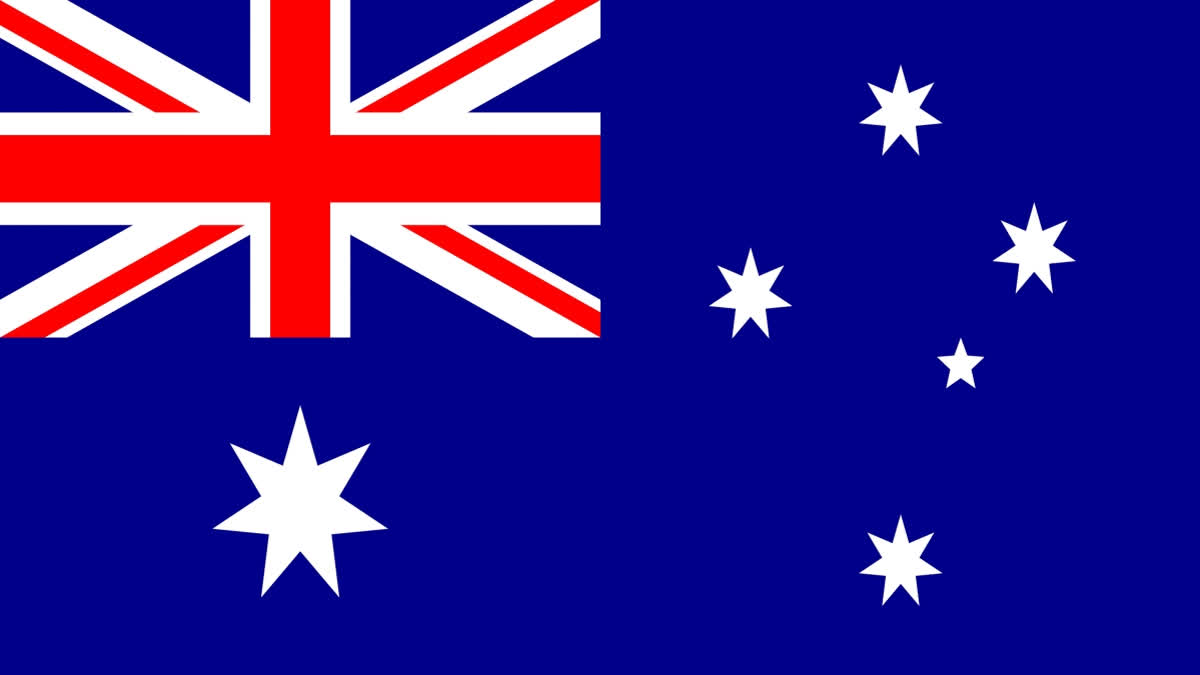New Delhi: Australia has unveiled its new defence strategy with an eye on tackling China's hegemony in the Indo-Pacific region while noting that grey-zone activities have also expanded in the Indo-Pacific. In addition to conventional military forces, some countries are employing para-military forces more frequently, including China’s actions in the South China Sea.
"Threats posed by state and non-state actors in the cyber domain are also multiplying. North Korea has continued its destabilising behaviours, including its nuclear weapons and ballistic missile programs, flouting UN Security Council resolutions and threatening the Republic of Korea and the broader region," as per the new defence strategy of Australia launched on Wednesday.
The document on the new defence strategy of Australia pointed out that as China's strategic and economic weight grows, Australia expects it will continue to seek to play a more prominent role in the region. This will include leveraging all elements of its power as it pursues its strategic objectives, including changing the current regional balance in its favour.
It also termed India as a top-tier security partner for Australia. Through the Comprehensive Strategic Partnership between Australia and India, the Government is continuing to prioritise practical and tangible cooperation that directly contributes to Indo-Pacific stability. Australia will continue to support India’s key role in the region by increasing the depth and complexity of our defence cooperation. The Government will continue to seek opportunities with India to drive practical bilateral and multilateral cooperation, defence industry cooperation and information sharing, the document read.
The new defence strategy of Australia pointed out that the Northeast Indian Ocean is central to Australia's security and sea lines of communication. In addition to Australia's engagement with India, the Government's defence engagement in the Indian Ocean region will focus on regularising the ADF’s presence, including increasing deployments, training and exercises with Sri Lanka, the Maldives and Bangladesh; and strengthening Australia’s defence cooperation with Indian Ocean region countries through regional maritime domain awareness, growing defence industry engagement and increasing education and training cooperation.
Australia's new defence strategy sets out a new approach to the defence of Australia and its interests. It has emphasised that the challenges to regional stability and prosperity arising from strategic competition are being compounded by a range of other risks including climate change, which is posing an unprecedented challenge. The effects of climate change are amplifying existing stressors across the region, such as poverty, food security and cross-border migration and displacement.
These effects may also intensify transboundary tensions and have impacts on Australia’s national security. The increasing frequency of climate events will place higher demands on the ADF for humanitarian assistance and disaster relief operations regionally and domestically, placing greater stress on ADF capability, capacity and infrastructure. There remains potential for state volatility which could require support from Australia or the broader Pacific family, the document stated.
Grey-zone activities have also expanded in the Indo-Pacific. In addition to conventional military forces, some countries are employing para-military forces more frequently, including China’s actions in the South China Sea. Threats posed by state and non-state actors in the cyber domain are also multiplying. North Korea has continued its destabilising behaviours, including its nuclear weapons and ballistic missile programs, flouting UN Security Council resolutions and threatening the Republic of Korea and the broader region, the strategy document read.
It went on to highlight that beyond the Indo-Pacific, Russia’s invasion of Ukraine and Iran’s support for Hamas and other proxies are examples of how revisionist states can undermine peace and stability. Russia continues to prosecute the war in Ukraine, including through the use of lethal aid supplied by Iran and North Korea. These countries are deepening cooperation with each other and their behaviour is challenging the global rules-based order.
The new Defence strategy noted with concern the instability in the relationship between India, China India, and Pakistan. "There remains potential for tension and miscommunication between India and Pakistan, and between India and China – with the risk of nuclear weapons use or proliferation a factor in each potential flash point. The threat of terrorism from politically and religiously motivated extremist groups will endure, fueled in part by ongoing violence and volatility in the Middle East."
The state-based pursuit of weapons of mass destruction will likely grow as arms control frameworks come under greater strain and strategic competition intensifies. Russia, China and North Korea are building more diverse and sophisticated nuclear arsenals, while Iran continues to breach its nuclear-related obligations. Australia’s best protection against the increasing risk of nuclear escalation is US extended nuclear deterrence and the pursuit of new avenues of arms control, it added.
It further asserted that the increasing strategic competition between the US and China is a primary feature of Australia’s security environment and will likely have the greatest impact on the regional strategic balance. While it has global implications, this competition is the sharpest and most consequential in the Indo-Pacific.
However, China has employed coercive tactics in pursuit of its strategic objectives, including forceful handling of territorial disputes and unsafe intercepts of vessels and aircraft operating in international waters and airspace by international law. Some of China’s initiatives in the Indo-Pacific also lack transparency around their purpose and scope, it explained.
The new defence plan focuses on the risk of a crisis or conflict in the Taiwan Strait which is significantly increasing, as well as at other flashpoints, including disputes in the South and East China Seas and on the border with India. As per Australia's new defence strategy, there is increasing competition for access and influence across the Indian Ocean, including efforts to secure dominance over sea lanes and strategic ports.
In line with the new defence strategy, Australia is aiming to boost its defence spending by at least about 50.3 billion Australian dollars over the next decade. The defence boost will emphasise increasing arsenals of missiles, drones, and warships in the wake of the potential conflict in the Pacific between the US and China.



